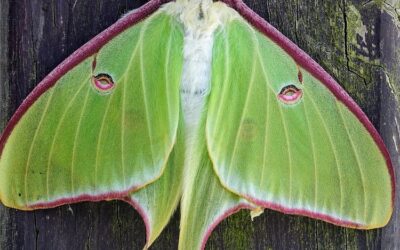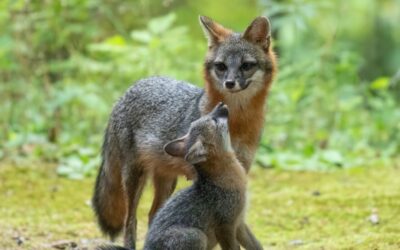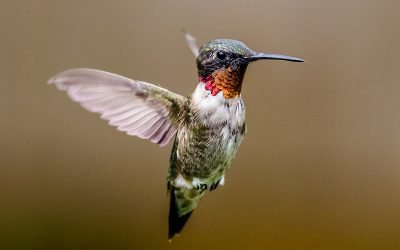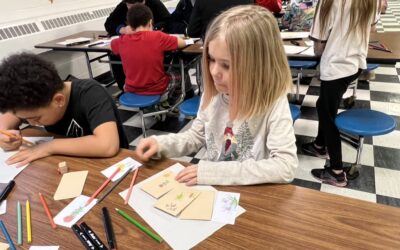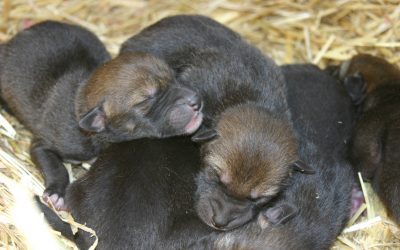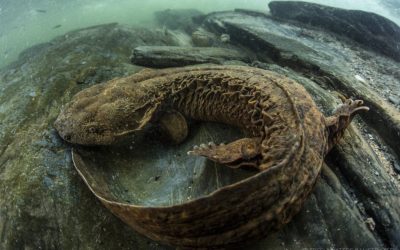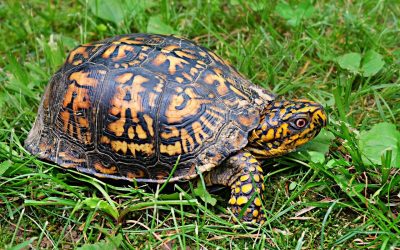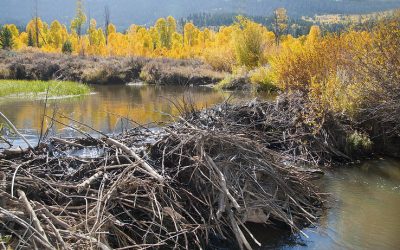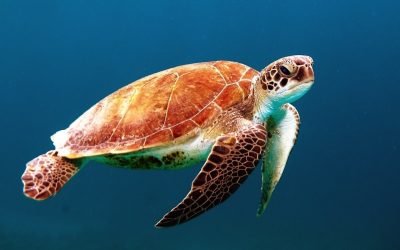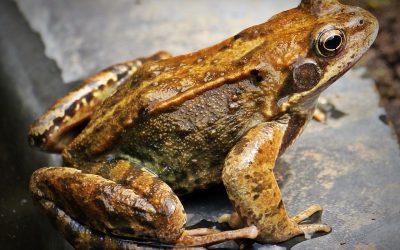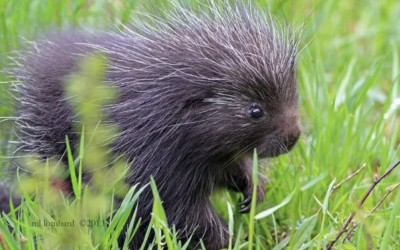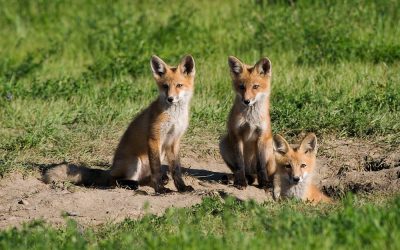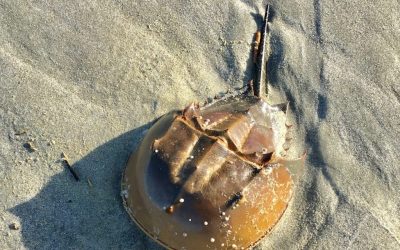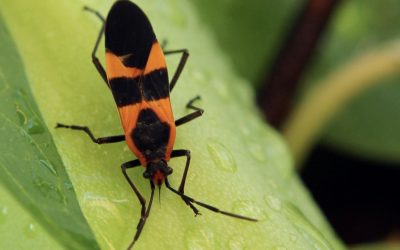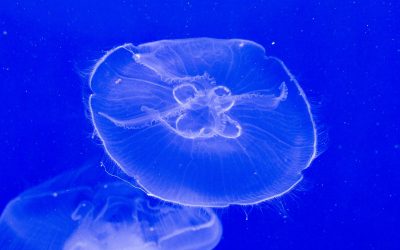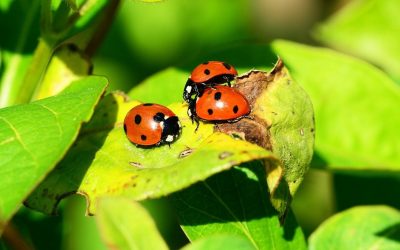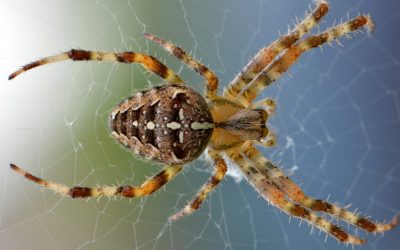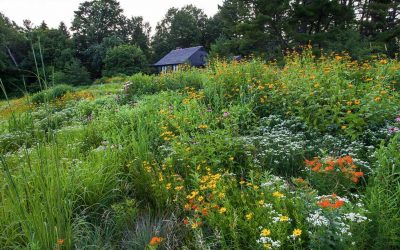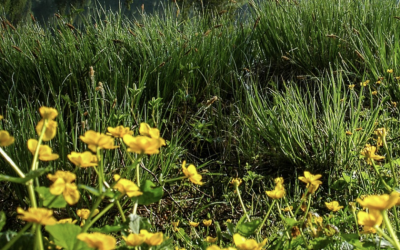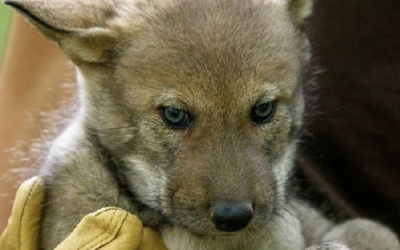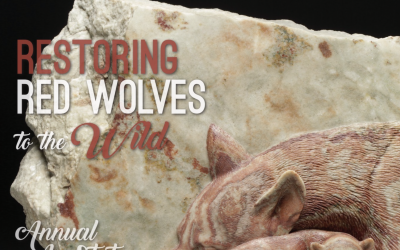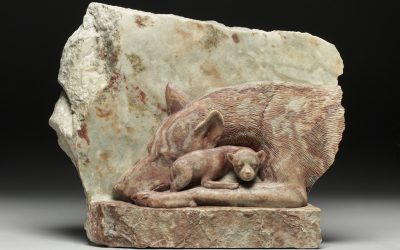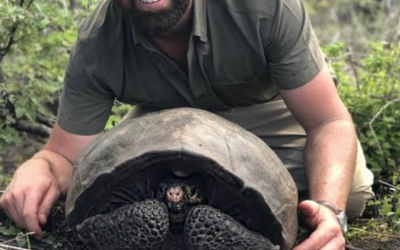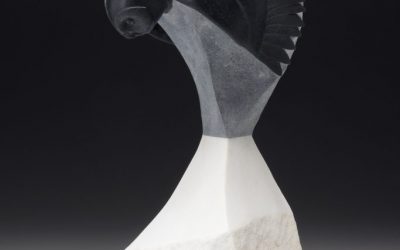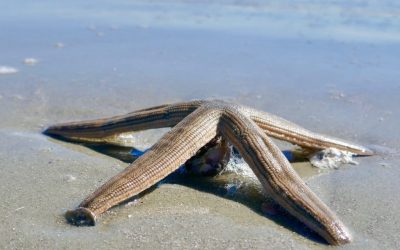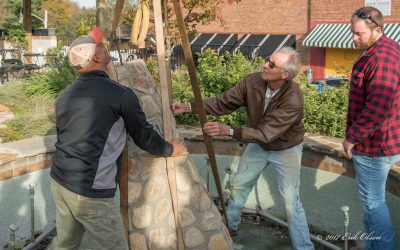Loti’s Lens
Loti’s Lens

Curious as to where the only wild red wolves live in the US, why flying squirrels glow pink in the dark, or what it is like to walk with polar bears? Want to learn more about the underdogs in nature?
Join us as we look through our lens and follow our fascinations in learning all about our misunderstood critters. Fall in love with opossums, bats and yes, even snakes.
And let us know your fascination. You just might see it featured here!
Snake Guards Can Help Save Your Bluebirds
If you have a bluebird house or any kind of bird nesting box, you might not have given much thought to snake guards. Nor had we until that fateful morning… But let’s back up. Just what is a snake guard?
Moths vs Butterflies: Both are Amazing Pollinators
I never thought of moths as pollinators until recently. Their cousins, the butterfly, get a lot more attention. But moths are vital parts of nature and come in so many varieties. And they are fascinating so let’s learn more! First, what is a moth? An insect, of course, which is a group of animals with six legs and antennae. An interesting side note, spiders are not insects because they have eight legs. Hmm.
Gray Foxes: The Joy of Living with Them
The leaves next to Dale’s studio are rustling. Cool, it must be our resident black snake, who we haven’t seen in a long time. Then a tiny nose pokes around the corner. This isn’t our snake, but a baby fox. I’m about to have heart failure I am so excited. We have a baby fox living under our studio! Wondering if it’s a red or gray fox, I can’t tell. We have both living in our woods and this one is so little.
When & How To Put Out Hummingbird Feeders (Updated 2024)
An age-old dilemma. When to put out hummingbird feeders? Well, in North Carolina, ruby-throated hummingbirds are often spotted along the North Carolina coast in early March. And they are hungry!
Educational Programs: The More You Learn, the More You Love
Education programs for wildlife are magical. But what does that mean?
First, close your eyes. Next, listen to the video. Ok, it is a little tricky to close your eyes and click on the video but give it a try
For the Love of Red Wolves
Let’s start with a question. What is the most endangered wild animal in the US?
Love To Stack Rocks? Don’t Be a Hellbender Homewrecker!
You may be a hellbender home wrecker and not even know it. But first what the hell is a hellbender, also affectionately called a snot otter? This saga begins as a love story. A what? This is getting intriguing!
The Magic of a Sea Turtle Baby
Could it be a sea turtle baby? As we walk down the beach in Ponte Vedra, FL we see a tiny brown lump. And it is moving! Is it a crab?
Incredible Skunk Spray. Everything You Want To Know
Skunk spray. Ever wonder about it? Do you know skunks only spray when they are scared? But first, let’s delve into why it smells so bad. And how often does a skunk spray? Or even, how does a skunk spray?
Turtles vs Tortoises: The Astonishing Differences
Turtle or tortoise? How do you know? Confusing! What exactly is the difference between turtles vs tortoises. Or are they one & the same? Let’s find out.
How to Plant a Tree
How do you plant a tree? Ok, I have to confess I have never really thought about it. You dig a hole and put the tree in it. Wrong! Apparently, we are one of the last to know the proper way to plant a tree. Adding over 1,000 native trees and bushes to our landscape the past several years, we have planted them all incorrectly. Who knew there is a right and wrong way?
How to Do Successful Wildlife Rescues
Are you helping or hindering when you do wildlife rescues? Well, let’s start at the beginning. What happens when you see an animal in distress? You want to help it, of course. But, are you helping or hurting the very animal you are trying to save…
Creating a Red Wolf Sculpture
A red wolf sculpture was not on our minds when we visited the NC Zoo in 2018. But after seeing their red wolves for the first time, we learned the only wild ones in the entire world (yes, on the whole planet) live in our home state of North Carolina. And with less than 20 left in the wild and just over 250 in captivity, they are critically endangered and may soon become extinct (again) in the wild.
Why Do Beavers Build The Most Amazing Dams?
Ever wonder why do beavers build dams? I know, it is not something you think about every day. But when you do…let’s start at the beginning. What exactly is a beaver?
What In The World Do Wolves Eat? Think Blueberries!
We never really thought about what wolves eat until we saw a pack of 18 gray wolves at Nanuk Lodge outside Churchill, Canada. We were there to walk with polar bears which is a whole other story (read our blog Walking With Polar Bears! to learn about that adventure).
Sea Turtles
What exactly are sea turtles? We think of them as the mariners of the sea. And they have superpowers! But let’s start at the beginning. First, what are they?
Frog Skin: The Ultimate In Recycling
Frog skin. I never really thought about it. Other than it feels slimy to the touch. Hmmm, bet you never thought about it either, did you? But it could just be the best use of recycling we have seen. No way. Frogs (& toads) are good recyclers?
Porcupines
Do you know porcupines climb trees? American porcupines are another misunderstood animal. Many folks believe they can shoot their quills at you? But it’s just not true.
Discover How The Amazing Fox Uses Earth’s Magnetic Field
Do you ever go into the woods and use a compass to find your way around the forest? The compass has a needle that aligns with the earth’s magnetic field to point north/south. You are either really good at it (think scouts) or terrible like me. I still don’t get how they work.
Horseshoe Crab Blood: How It Can Save Your Life
We just got our first COVID-19 vaccine. Which is a little scary since the vaccine is brand new. But we take comfort the vaccine is free of bacteria since it is tested with a substance called LAL. But our comfort quickly vanishes when we learn LAL is made from the blood of horseshoe crabs. Whoa. Horseshoe crab blood! How can that be?
Garden Bugs Come In All Colors! Discover Why.
I have a confession to make. Garden bugs are cool, but I didn’t grow up caring much about bugs. One of my favorite things to do when I was little? Step on ants. The more the better.
Jellyfish
Have you wondered if a jellyfish is a fish? You know the slimy blobs you see on the beach? When you start learning some jellyfish facts, you realize they are really cool creatures. So let’s dive in (and yes, pun intended!)
A Great Time To Be A Citizen Scientist
Wouldn’t it be cool to be a scientist? It turns out you may already be a citizen scientist and don’t even know it. But wait, what the heck is one?
Amazing Pollinators in the Garden
How many pollinators in the garden can you name? Well, of course, there are bees and butterflies, but what about hummingbird moths, lizards, wasps, ants and opossums? Wait, they all help pollinate your flowers? They do and wow, are they all misunderstood.
Misunderstood Scary Spiders. Why Not to Be Afraid!
Are you afraid of spiders? Well, you are not alone. Spiders can seem scary. And 33% of all folks suffer from arachnophobia (a phobia of scary spiders). With almost 50,000 different spider species, there are a lot of different ones.
Two Best Trees For Wildlife
Who would have thought oak trees support more wildlife than any other tree. I know it came as a surprise to us. Trees and wildlife. We never really thought about the connection until we started learning how to help wildlife on our 3-acre homestead. And what we learned? Hundreds of animals count on trees to help them survive.
Why Wildlife Corridors are Critical to Our Wildlife’s Survival
A wildlife corridor. Now, what might that be? We have to admit, we haven’t thought much about them until recently. It goes back to the silly joke “why does the chicken cross the road?” The answer: “to get to the other side”. But what if there is a major highway in the way? It might not be able to cross at all or it might get smushed while crossing. Uh oh. Not good.
Creating Habitat
Wildlife habitat. What is it and why would you want critters in your backyard? And what kind of critters?
How to Plant a Tree. In a Square Hole?
Apparently we are one of the last to know the proper way to plant a tree. Adding over 100 native trees and bushes to our landscape over the past several years, we have planted them all wrong!
Benefits of Bogs
Have you ever slogged a bog (a new term we made up to describe walking through a bog)? If not, you have missed a unique, very fun experience to learn about the benefits of bogs. They are one of the most important and oldest (some are thousands of years old) ecosystems on our planet. Yet very few of us have actually experienced being in one.
Red Wolves Get Huge Boost From N.C. Governor Cooper
In this season of hope and thankfulness, we applaud North Carolina Governor Roy Cooper’s efforts to help the critically endangered red wolf. In a recent letter to the US Fish & Wildlife Services (USFWS), he has again asked USFWS to rebuild and protect our wild population of red wolves.
Gotta Love the Underdog
Finally, an underdog species gets front & center stage. Immortalized as a sculpture and on the cover of a magazine. Wow, it just doesn’t get much better!
A Passion for Wildlife
There is always a back story… How do you capture one’s passion? And on paper, no less.
The Red Wolf Art Sculpture is Finished. Now What?
We didn’t think red wolf art would be in high demand. It turns out we are wrong, in a good way!
Create Wildlife Habitat with Native Plants
Wildlife habitat. What is it and why would you...
Extinct No More
Extinct species? What do a giant tortoise and a giant bee have in common? They are both big? True, but even better, they both were thought to be extinct and have been newly discovered alive. How exciting! A Giant Tortoise on Fernandina Island in The Galapagos was discovered on Feb 17, 2019, during the filming of an episode of Animal Planet. The female is estimated to be over 100 years old and had not been seen since 1906. Now the hunt begins for other members of her species.
Falling in Love
Fate. Falling in love. A broken sculpture, a missed art opening, and a chance encounter. It sounds like a mystery. Hmmm. We hear so much about “it is meant to be”, “things always have a way of working out”, and “as one door closes another opens”. In our case, it is all of the above.
Our Weiler Woods Love Story, an Article in Foothills Magazine
Our Weiler Woods love story. We met at one of Dale’s art shows, fell in love on first sight (yes, it really happens and we are over 60!), got engaged in 8 days, married, and now are trying to raise awareness and money for wildlife conservation.
Keystone Species: The Remarkable Benefits
I keep reading about keystone species. But what is one exactly? Is it a new type of animal or plant? Not exactly, but let’s start with a comparison. Think about what a starfish and an elephant might have in common. They eat different things. Starfish eat meat (hmm, that’s interesting) and elephants eat plants. There are only 3 species of elephant, but over 2,000 species of starfish.
A New Public Art Sculpture, “Tails to Rails”
Emotional, connected and energized. Three words Dale uses to describe how he feels about his new public art sculpture, “Tails to Rails”.


